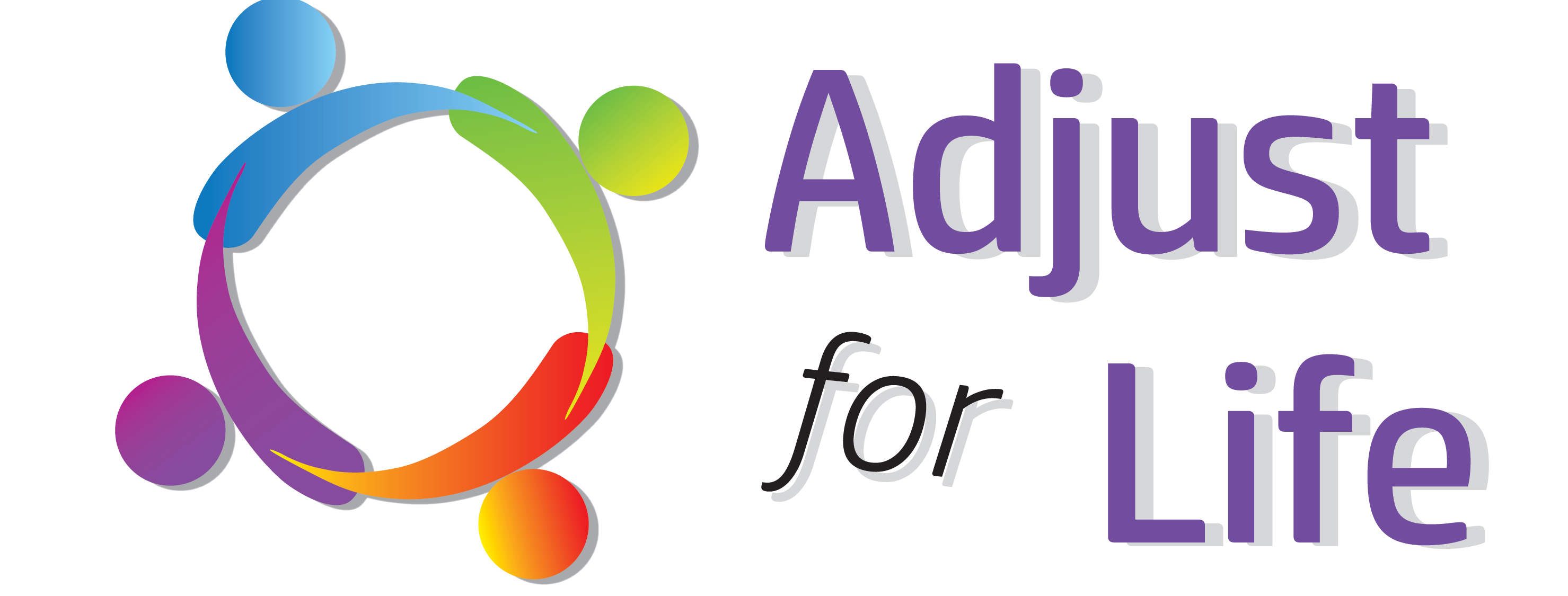Musculoskeletal Pain
Relief for musculoskeletal pain is available at work through on-site chiropractic care. The chiropractor is focussed on the relief of neuromusculoskeletal interference which can include manual or manipulative therapies, postural and exercise education, and ergonomic training (how to walk, sit, and stand to limit back strain). Chiropractors today often work in conjunction with primary care doctors, pain experts, and surgeons to treat patients with pain.
Journal and Clinical Studies
Effective Relief From Musculoskeletal Pain
Musculoskeletal (MSK) conditions and back pain in Europe and the role of chiropractors

In June 2018 The Lancet published three seminal papers on lower back pain. The ECU invited Professor Jan Hartvigsen, Department of Sports Science and Clinical Biomechanics at the University of Southern Denmark and joint author of the papers, to summarise the key messages and put them into perspective.
The scale of the issue
- Chronic pain affects 1 in 5 Europeans. The most common source of this pain is the back and it affects all age groups
- 68% of sufferers say that they are in still in pain for more than 12 hours per day in spite of treatment
- Nearly one third claim that they have been poorly informed about new options to manage their pain
- The total cost to health care systems across Europe is estimated to be as high as €300 billion varying between 2 and 3% of the gross domestic product in most countries
- With more than 500 million sick days per year in Europe, musculoskeletal pain causes almost 50% of all absences from work in the EU that last at least three days, and 60% of permanent work incapacity
- Approximately 15% of Europeans suffering from back pain are on sick leave for over one month
Who is affected and how badly
- Low back pain is the number one cause of disability worldwide; more than lung, bowel and breast cancer combined. While major progress is being made in tackling cancer, the global disability due to low back pain has more than doubled in the last 25 years and is projected to increase even further
- At any one time, around 540 million people in the world are experiencing low back pain. Disability from low back pain is highest in working age groups worldwide, which is especially concerning when the possibilities for job modification are limited
- Most episodes of low back pain are short-lasting but recurrent episodes are common and low back pain is increasingly understood as a long-lasting condition with a variable course rather than episodes of unrelated occurrences
- Low back pain is a complex condition with multiple contributors to both the pain and associated disability, including psychological factors, social factors, biophysical factors, comorbidities, and pain-processing mechanisms
- Lifestyle factors, such as smoking, obesity, and low levels of physical activity, that relate to poorer general health, are also associated with occurrence of low back pain episodes and with disability
Misconceptions about best practice among health care professionals, funders and patients result in many people getting the wrong care
- There is no evidence that routine back imaging improves outcomes, but patients referred for imaging are significantly more likely to receive unnecessary care and surgery
- US$12.8 billion was spent on spinal fusion surgery in the USA in 2011, despite it having significant failure rates and there being little evidence to support its use for most back conditions
- Public health authorities should adopt a framework similar to drug regulation—ie only include treatments in public reimbursement packages if evidence shows that they are safe, effective, and cost-effective
- We need to address widespread misconceptions in the population and among health professionals about the causes, prognosis, and effectiveness of different treatments for low back pain, and deal with fragmented and outdated models of care
Scientific and modern care
Chiropractors can be an important part of a modern scientifically based approach to MSK conditions.
- Chiropractic is a health care profession not a treatment
- Chiropractors are well-trained graduates and function as primary care contact persons for people with pain and disorders of the musculoskeletal system
- Legislation for chiropractic and integration of chiropractors into health care systems varies across European countries but is prevalent in many advanced European health care systems such as Norway, Denmark, Sweden, France and the UK.
- The European Chiropractors’ Union only admits as members those associations that require their members to have been educated in accredited courses following an evidence-based curriculum
- Most patients seek care from chiropractors because of spine-related problems such as back pain, neck pain and headache
- Chiropractors use a range of treatments that are universally recommended in evidence-based guidelines across Europe and the world, including advice for sufferers to remain active and at work, patient education, exercises and various forms of manual therapy
- Chiropractic care is generally safe with few and transient side-effects. Serious harm from chiropractic treatment is extremely rare.
For a fuller explanation see The Lancet 2018; 381:2356-2388

Corporate
Location
Rua Alfredo Marceneiro 87, 1º DTO
Alcabideche
2645-538
(+351) 91 953 6695
info@adjustforlifecorporate.com